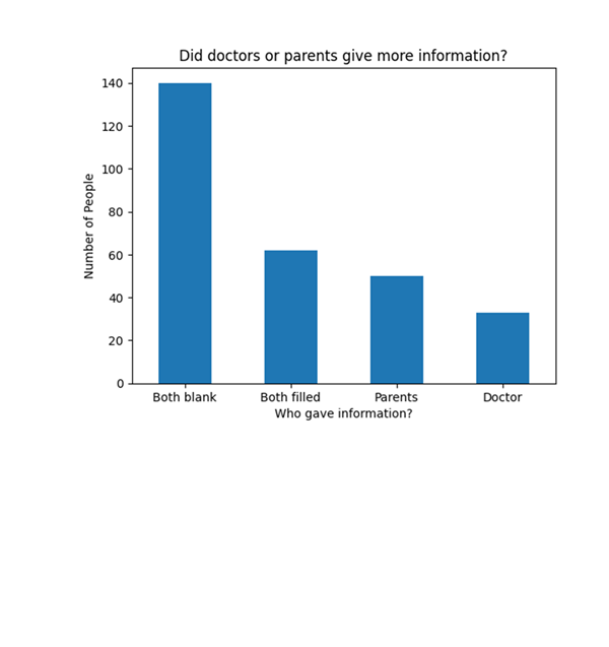GenROC - Using data to better represent children with rare genetic conditions
Can we improve our understanding of how rare genetic conditions affect children's health, development and how they grow?
Background
What is GenROC?
GenROC (Genetic Rare conditions Observational Cohort) is a study hoping to improve the understanding of how rare genetic conditions affect children's health, development and how they grow. We want to further understand the experiences of children and their families with these rare genetic conditions. By linking survey data from both the parents and general practitioners of children with these rare genetic conditions, we can get a broader picture of their experiences.
How can we use survey data?
- To get a better understanding of the different physical variations (i.e. phenotypes) that affect children in the study.
- Which phenotypes are noticed by doctors and unnoticed by parents, or vice versa?
- When doctors and parents notice similar problems, can one group provide more detailed information?
Identifying when this happens and for which phenotypes may provide information that helps guide clinical assessments in a more focussed way. It may also change the way we set up our research protocols in the future.
How the JGI Data Scientist helped on this project
The JGI Data Scientist supporting this project, Huw Day, has worked to help clean and process the survey responses, visualising summary statistics and investigating patterns. The main area of focus has been coming up with a systematic way of comparing the phenotypes (i.e. physical expressions of genetic variations) described by the doctors and the parents of each GenROC participant.
A secondary benefit of having a data scientist attached to a project like this long term is to be able to offer insight into potential directions the project could take, such as methods of machine learning for helping with diagnosis prediction based on phenotype information or being able to convert free text responses into codified phenotypes. The data scientist involved can signpost to relevant funding opportunities and training, support with writing bids and help make connections with other researchers on the data science side that might otherwise have been unavailable.
What’s next?
Comparing spread of phenotypes across subgroups of genetic conditions.
 Acknowledgements: Karen Low, Ian Nabny, Hannah Kwuo, John Powell, Jenny Ingram, Helen Firth, GenROC Consortium
Acknowledgements: Karen Low, Ian Nabny, Hannah Kwuo, John Powell, Jenny Ingram, Helen Firth, GenROC Consortium
